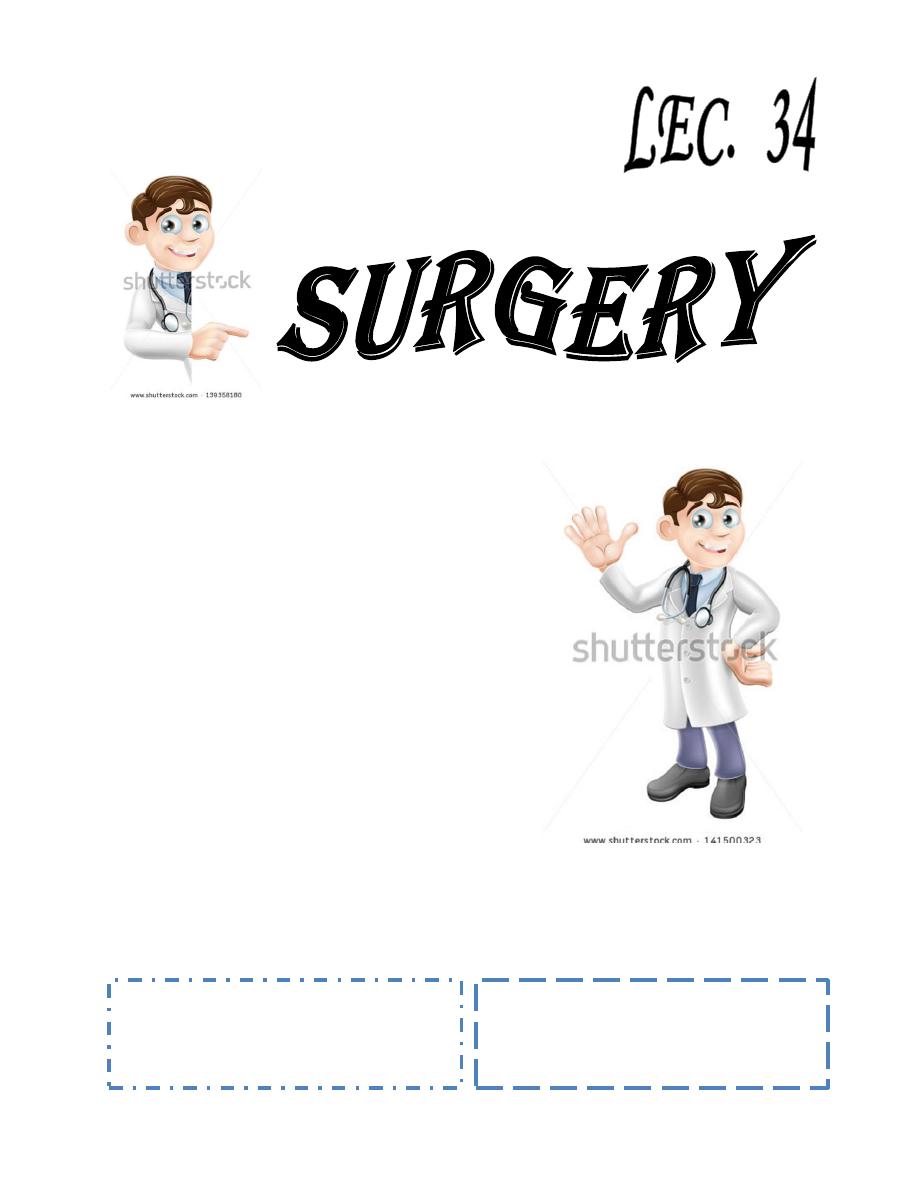
Baghdad College of Medicine / 4
th
grade
Student’s Name :
Dr. Tharwat Edrees
Lec. 1
Thyroid Gland
Mon. 22 / 2 / 2016
DONE BY : Ali Kareem
مكتب اشور لالستنساخ
2015 – 2016
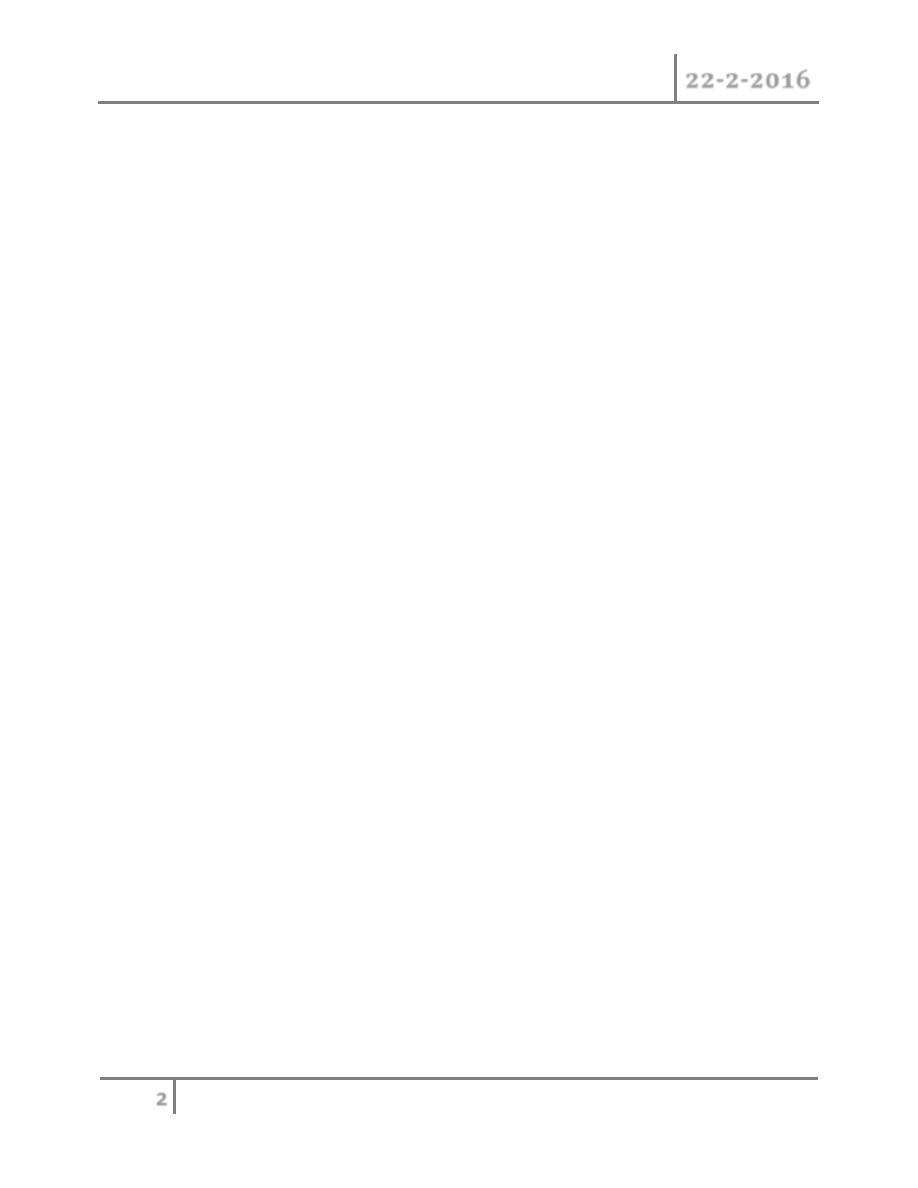
Thyroid Gland Dr.Tharwat Edrees
22-2-2016
2
©Ali Kareem 2015-2016
Thyroid Gland
The gland Located in the central part of the neck. 2 lobes on both sides of trachea
and central isthmus
Weight: 20 to 25 gm.
Blood supply:
1.
Superior thyroid artery- a branch from external carotid artery
2.
Inferior thyroid artery - from the subclavian artery.
Venous drainage:
1.
Superior thyroid vein—- to jugular vein.
2.
Middle thyroid vein— to jugular vein.
3.
Inferior thyroid vein — to brachiocephalic vein.
1
Lingual thyroid
Lateral abbarent thyroid
Median ectopic thyroid (tongue)
Thyroglossal cyst
Thyroglossal fistula
Physiology of thyroid gland:
Thyroid hormones T3 (tri-iodothyronine) and L-thyroxine (T4) are bound to
thyroglobulin within the colloid.
Synthesis of these hormones is controlled by several enzymes in several steps:
1.
Trapping of inorganic iodide from the blood.
2.
Oxidation of iodide to iodine.
3.
Binding of iodine with tyrosine to form iodo-tyrosine.
4.
Coupling of mono-iodo-tyrosine and Di-iodo-tyrosine to form T3 and T4.
* Synthesis and liberation of thyroid hormones from the thyroid is controlled by
TSH and secretion of TSH depends on the level of circulating thyroid hormones.
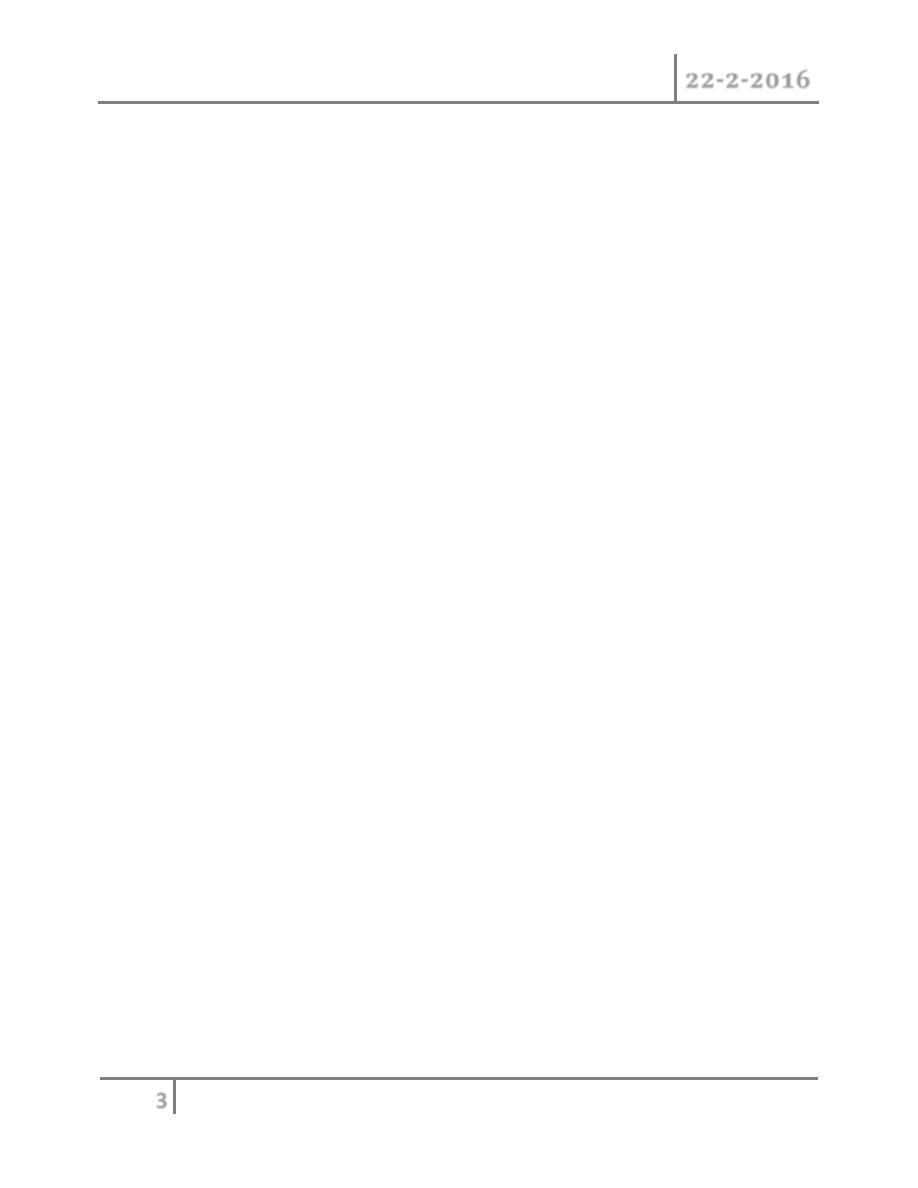
Thyroid Gland Dr.Tharwat Edrees
22-2-2016
3
©Ali Kareem 2015-2016
Test of thyroid function:
1.
Serum TSH.
2.
T3 and T4 (Total).
3.
Free T3 and Free T4.
4.
Essay of thyroid stimulating Antibodies.
5.
Isotope scanning (radiolabelled iodine I 123, technetium Tc99m) to
demonstrate the distribution of activity in the gland its' principle value is in
the toxic patient with a nodule or multi nodularity of the gland.
6.
Essay of thyroid autoantibodies, they're antibodies against thyroid
peroxidase (TPO) and against Thyroglobulin.
Diseases of Thyroid Gland :
1.
Hypothyroidism :
Cretinism (Fetal or infantile Hypothyroidism)
Adult hypothyroidism
2.
Thyroid Enlargement
A. diffuse hyperplastic goiter ( simple goiter):
1.
Due to stimulation of thyroid gland by TSH in response to low levels of
thyroid hormones.
2.
The most important factor in endemic goiter is dietary deficiency of iodjne.
3.
Defective hormone synthesis account for many sporadic goiters.
4.
Enzyme deficiencies may be responsible for many sporadic goiters also.
5.
Goitrogenes, like vegetables of the brassica (cabbage
اللهانة
,kale
الكرنب
,
rape
عنكود العنب
) which contain thyocyanate . Drugs such as (Para-
aminosalicylic acid ) and Anti thyroid drugs. And Iodine in large quantities
can also be goitrogenic.
The goiter appears in childhood in endemic areas but it usually occurs at puberty
when metabolic demands are high.
If TSH stimulation ceases, the goiter may regress.
The goiter is soft diffuse and may become large enough to cause discomfort.
A Colloid Goiter is a late stage of diffuse hyperplasia when TSH stimulation has
fallen off and when many follicles are inactive and full of colloid.
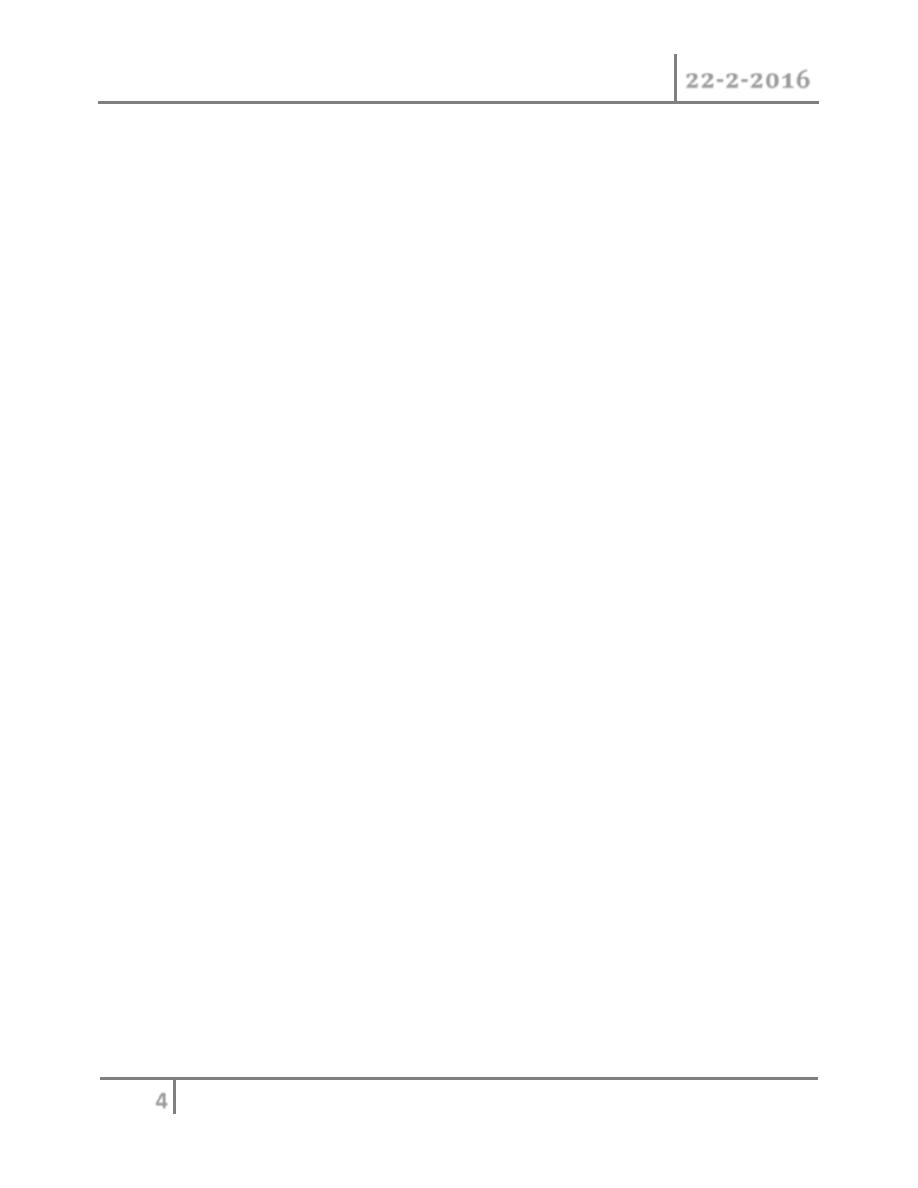
Thyroid Gland Dr.Tharwat Edrees
22-2-2016
4
©Ali Kareem 2015-2016
B. Nodular goiter:
Is the end result of the changes that occur due to fluctuating stimulation by TSH
where active lobules become more vascular and hyperplastic until hemorrhage
occurs causing central necrosis and leaving only a surrounding rim of active
follicles, then necrotic lobules coalesce to form nodules filled either with iodine
free colloid or a mass of a new but inactive follicles.
Continual repetition of this process results in a nodular goiter.
Most nodules are inactive and active follicles are present in the inter-nodular
tissue.
Clinically the patient is Euthyroid , the nodules are palpable and often visible ,
smooth and firm but not hard . The goiter is painless and move freely on
swallowing.
Thyroid function should be assessed to exclude mild toxicity and the presence of
circulating thyroid antibodies should be tested to exclude autoimmune thyroiditis.
Complications:
1.
Multinodular goiter might get very big in size to cause tracheal obstruction
due to gross lateral displacement or compression in a lateral or antero-
posterior plane by retrosternal extension of the goiter.
2.
Secondary thyrotoxicosis transient episodes of mild hyperthyroidism are
common occurring in up to 30% of patients.
3.
Carcinoma , dominant or rapidly growing nodules in long standing goiters
are suspicious for malignancy.
Prevention and treatment:
In endemic areas, the incidence of simple goiter can be reduced by the
introduction of iodized salt to the diet, in the early stages, a hyperplastic goiter
may regress if thyroxine is given in a dose of 0.15 to 0.2 mg daily for few months.
Although the nodular stage of simple goiter is irreversible, more than half of the
nodules will regress in size over 10 years.
Asymptomatic small nodular goiter do not require operation, operation may be
indicated for cosmetic reasons for pressure symptoms or in response to patient’s
anxiety .
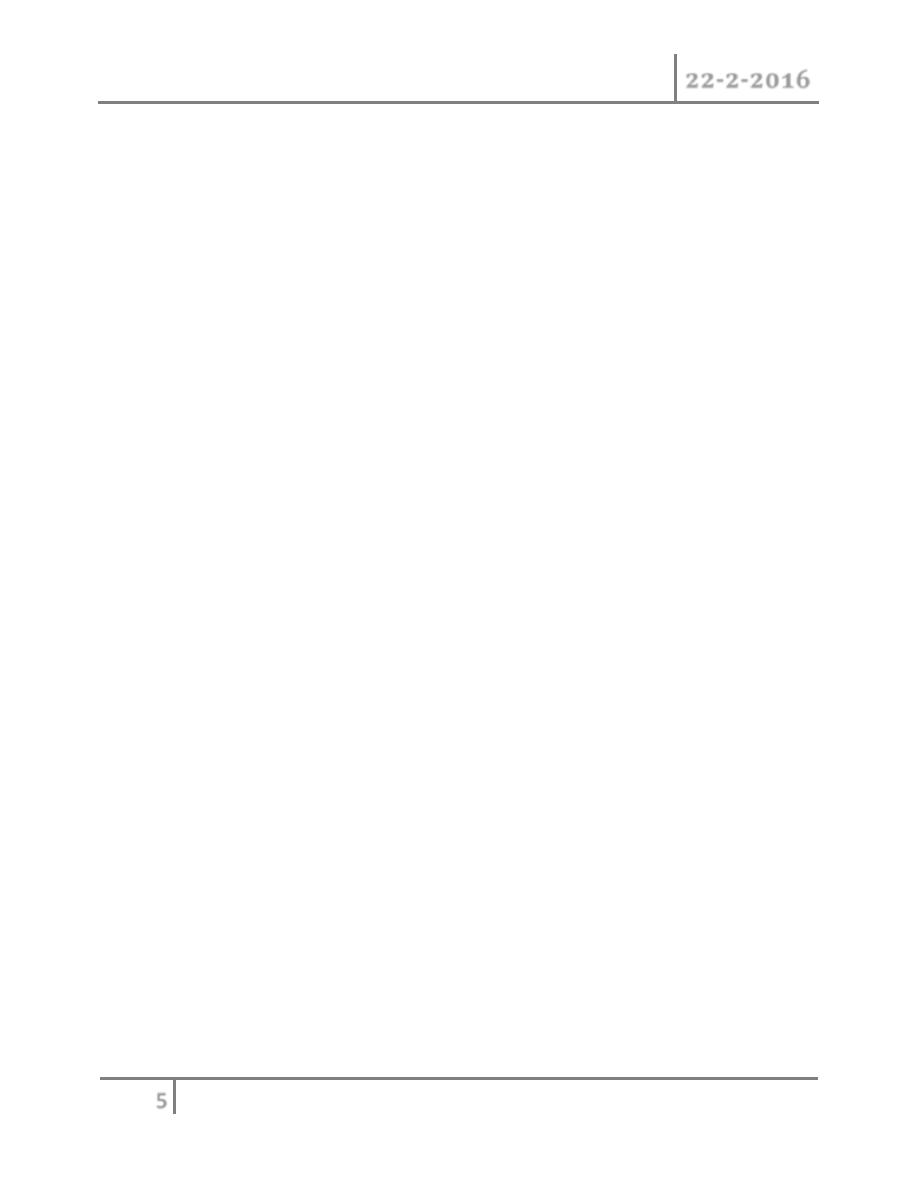
Thyroid Gland Dr.Tharwat Edrees
22-2-2016
5
©Ali Kareem 2015-2016
Retrosternal extension with tracheal compression is also indication for operation.
The presence of a dominant area of enlargement that may be neoplastic is also an
indication for surgery.
The type of surgery is either Total thyroidectomy, Near total thyroidectomy or
subtotal thyroidectomy.
After all these surgeries, thyroxine should be given for replacement or prevention
of recurrence in subtotal resection.
Solitary thyroid nodule:
The importance of solitary nodules lies in the risk of neoplasia. 15% of isolated
nodules prove to be malignant and an additional 30-40% is follicular adenomas,
the remainder is non-neoplastic largely consisting of areas of colloid
degeneration, thyroiditis or cysts .
Investigations:
1.
Thyroid function test: TSH, T3 and T4. To diagnose toxic adenomas.
2.
Autoantibody titers: to diagnose chronic lymphocytic thyroiditis.
3.
Isotope scan: to determine the functional activity relative to the surrounding
gland according to the isotope uptake. On scanning, swellings are classified
as hot (over active) , warm ( active) or Cold (underactive). About 80% of
solitary nodules are cold but only 15% prove to be malignant.
4.
Ultrasonography: can differentiate between cyst , adenomas and as adjuvant
to aspiration cytology.
5.
FNAC (Fine Needle Aspiration Cytology): is the investigation of choice in
the discrete thyroid nodule. It can differentiate between colloid nodules ,
thyroiditis , papillary carcinoma, medullary carcinoma, anaplastic
carcinoma and lymphoma .
It cannot differentiate between benign follicular adenoma and follicular
carcinoma.
6.
Chest and Thoracic inlet radiographs.
7.
CT and MRI, second line.
8.
Indirect laryngoscopy.
9.
Large bore needle (Trucut) Biopsy.
Thyrotoxicosis
1.
Diffuse Toxic goiter (grave's disease) .
2.
Toxic nodular goiter.
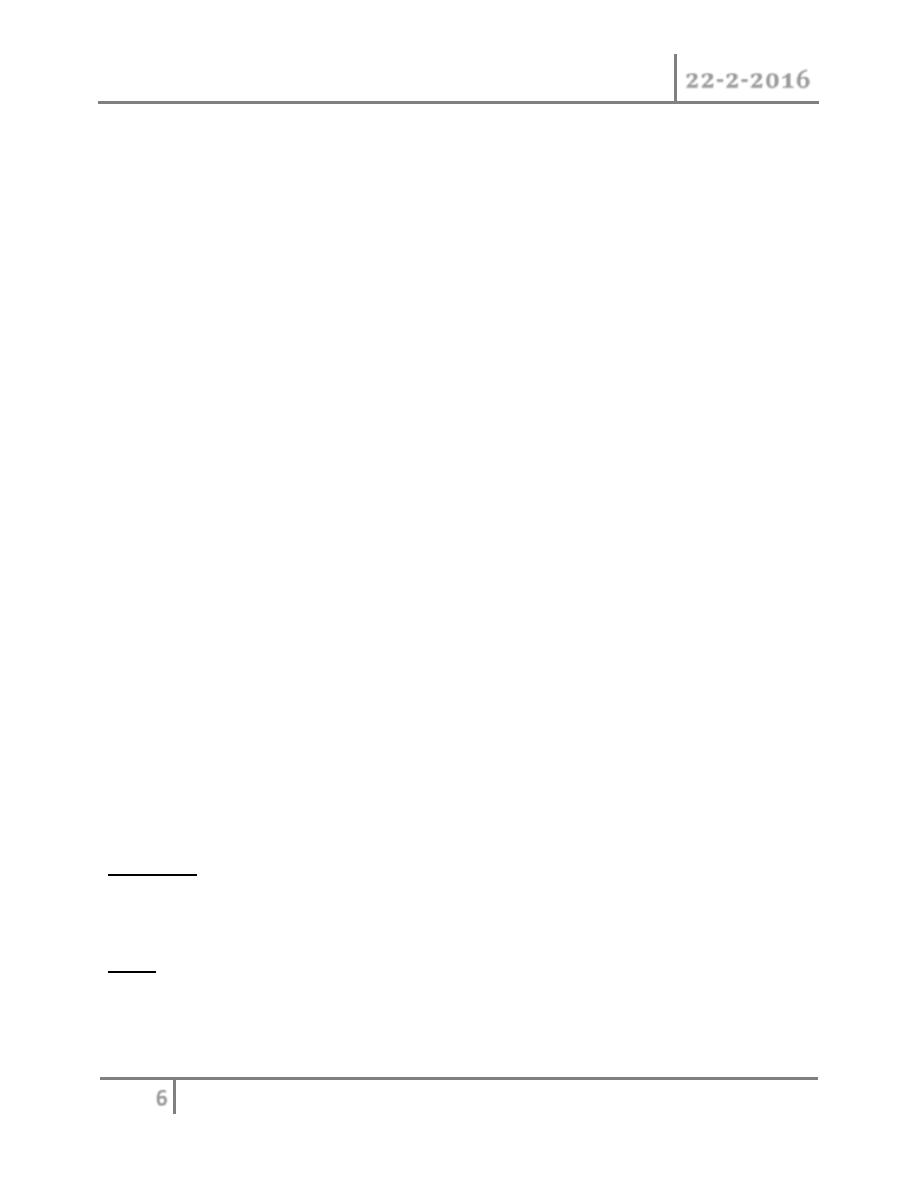
Thyroid Gland Dr.Tharwat Edrees
22-2-2016
6
©Ali Kareem 2015-2016
3.
Toxic nodule.
4.
Hyperthyroidism due to rare causes: early stage hashimoto's thyroiditis or
pituitary microadenoma .
Diffuse toxic goiter (Grave's disease) :
Vascular goiter occurs usually in young women and frequently associated with eye
signs, it is a primary thyrotoxicosis. 50% of patients have family hisfory of
autoimmune endocrine diseases.
The whole functioning thyroid tissue is involved and hypertrophy and hyperplasia
are due to abnormal thyroid stimulating antibodies (TSH- R Abs) that bind to TSH
receptor sites and produce a disproportionate and prolonged effect.
Toxic nodular goiter :
A simple nodular goiter is present for a long time before the hyperthyroidism
appears. Usually in the middle aged or elderly . The syndrome is that of secondary
thyrotoxicosis .Eye signs are rare but cardiac signs are frequent.
In many cases the nodules are inactive and the activity is in the inter-nodular
thyroid tissue however in some cases one or more nodules are overactive (toxic
adenoma).
Toxic nodule :
It may be true toxic adenoma or part of generalized nodularity, the cause of
toxicity is unknown and a single nodule in the gland becomes overactive and
produce high level of thyroxine causing suppression of all surrounding thyroid
tissue and suppression of TSH.
Eye disease is unusual .
Clinical features of thyrotoxicosis:
Symptoms:-
Tiredness, emotional liability, heat intolerance, weight loss, increased appetite
palpitations, early morning diarrhea ( the most diagnostic feature) , and increased
sweating .
Signs:-
Tachycardia, hot moist palms, agitation, bruit over the gland, exophthalmus and
other eye signs (lid lag, lid retraction and ophthalmoplegia), proximal myopathy ,
pretibial myxoedema .
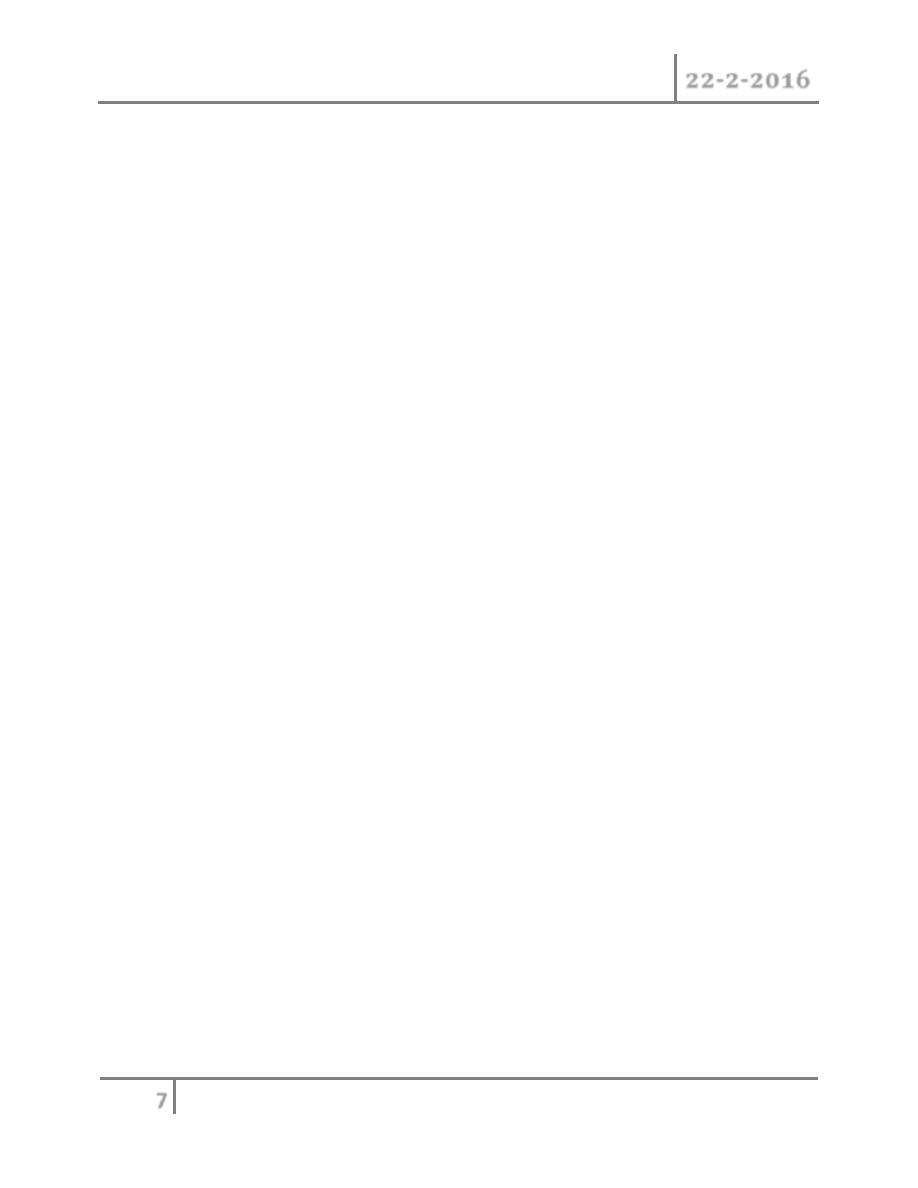
Thyroid Gland Dr.Tharwat Edrees
22-2-2016
7
©Ali Kareem 2015-2016
*in primary thyrotoxicosis eye signs are more prominent while in secondary
thyrotoxic cardiac signs are more common.
Management of thyrotoxicosis :-
The common principle is to make all patients euthyroid before any further action.
1. Antithyroid drugs :
Those in common use are carbimazole and propylthiouracil.
Carbimazole and related drugs block thyroid peroxidase and inhibit thyroxine
synthesis . The response is slow and 4-8 weeks may be required to reduce the effect
of thyrotoxicosis. These drugs are used to restore the patient to an euthryoid state
and to maintain this for a prolonged period in the hope that a permanent remission
will occur (i.e. the production of TSH antibodies will be diminished).
It should be noted that antithyroid drugs cannot cure a toxic nodule,
The disadvantage is that the treatment is prolonged (6 months to-2 years) and
failure rate is at least 50%.
Side effects are very rare :- agranulocytosis or aplastic anaemia.
The daily dose is 30-40mg (10 mg initially 3or4 times a day) .When the patient
becomes biochemically euthyroid a maintenance dose of 5 mg 2-3 times a day is
given for 6-24 months.
beta adrenergic blocking agents : -
These are effective in reducing the effect of T4 on sympathetic system to control
thyrotoxic clinical manifestations, Propranolol (inderal) is most commonly used in
a dose of 20-40 mg tds for 2-3 weeks.( to prevent arrhythmia)
Management of specific causes of thyrotoxicosis :-
1. Grave's disease
A. Non operative treatment:
The possibility of spontaneous remission makes non operative treatment
preferable.
Antithyroid drugs are continued for 6-24 months (commonly 18 months). Half of
those treated become permanently euthyroid . Antithyroid drugs are preferred in
young patients with small gland, while radio-active iodine is preferred in older
patients (above 45 years).
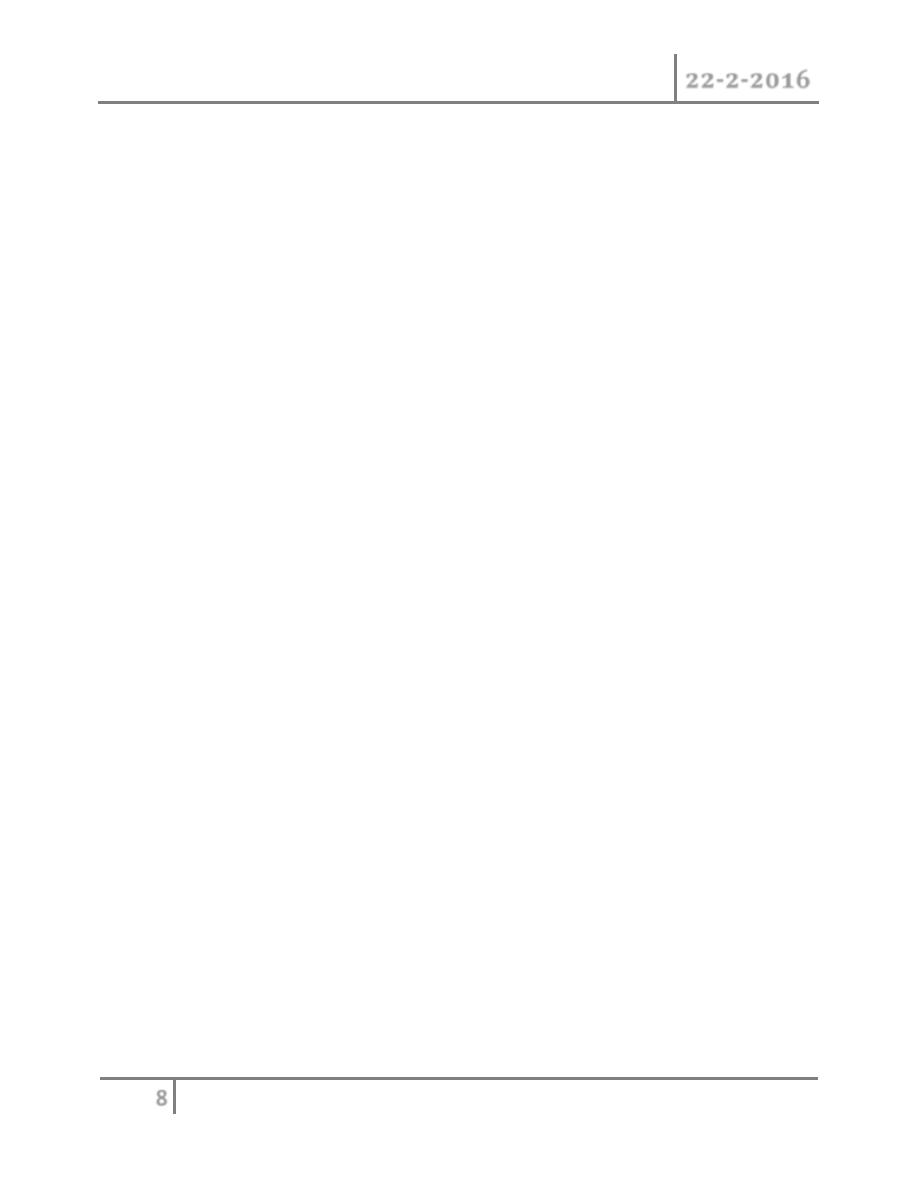
Thyroid Gland Dr.Tharwat Edrees
22-2-2016
8
©Ali Kareem 2015-2016
B. Operation is indicated for
* Patients unwilling to undergo prolonged drug treatment
* relapse after drug therapy
* Large goiter after effective medical therapy
* Failure of compliance and intractable side effects.
Complications of thyroidectomy in graves disease include recurrence of
thyrotoxicosis (3%), or hypothyroidism (10%).
TO BE CONTINUED …
